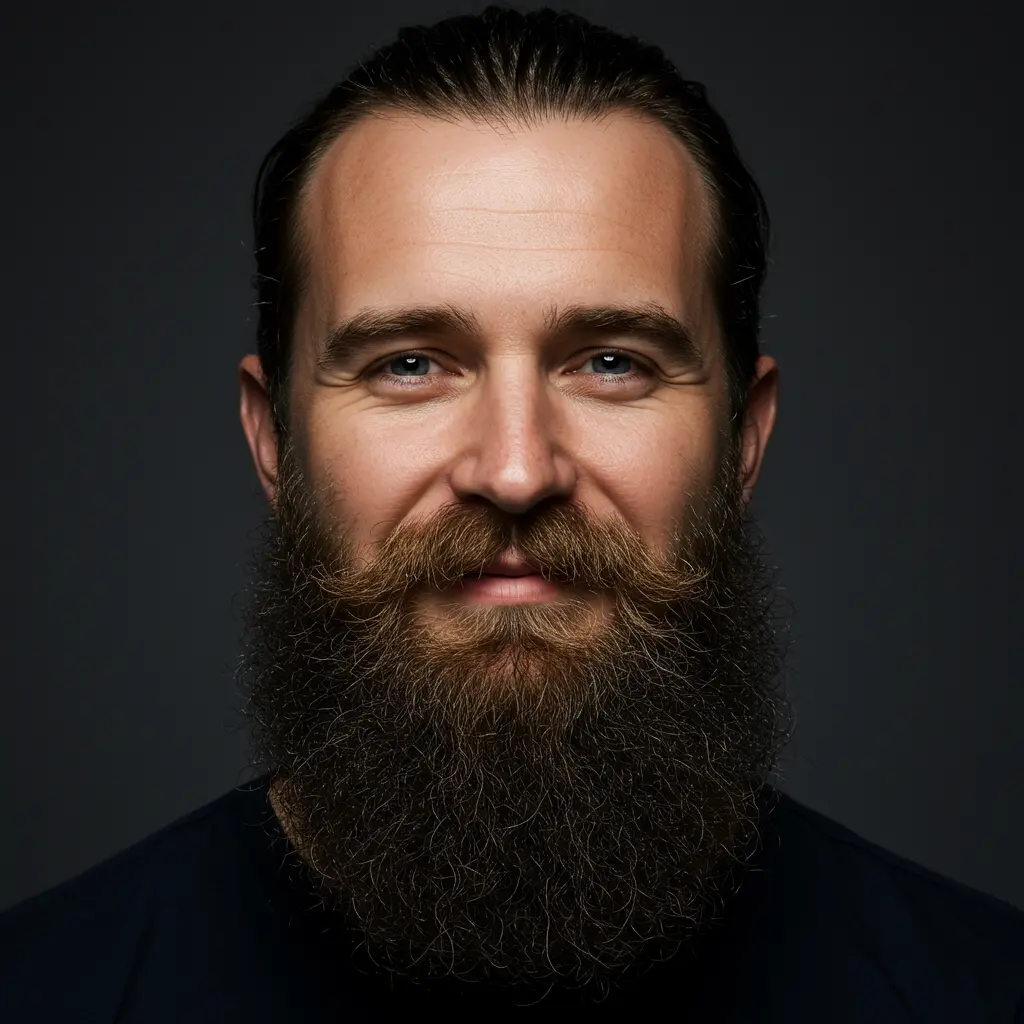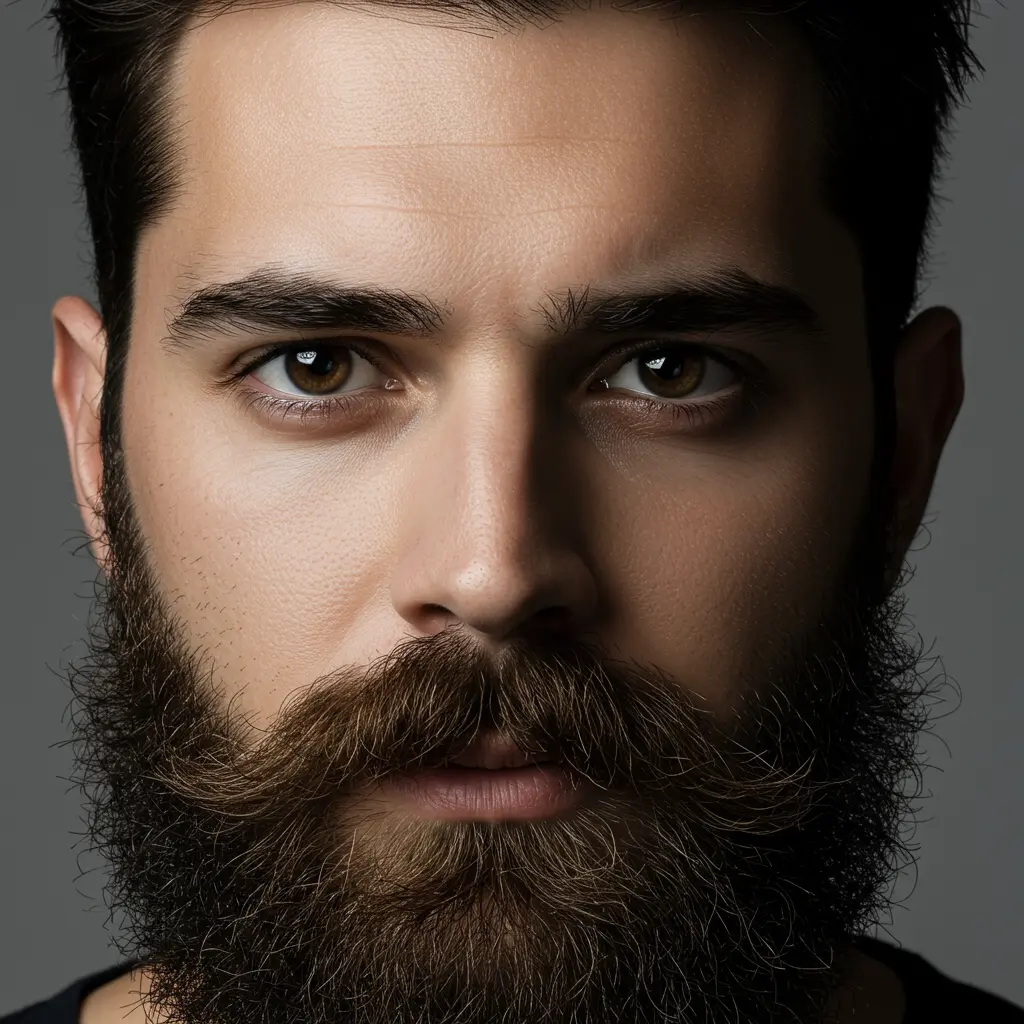BEARD AND MUSTACHE TRANSPLANT
For men, the most important face accessories are the beard and mustache. When the beard and mustache hairs do not grow as thick as desired or do not grow at all due to various factors, such a condition may cause lack of self-confidence and some social problems in men. Beard and mustache hair transplant is the most effective solution for men whose beard or mustache hair is thin or who are completely beardless.
BEARD AND MUSTACHE TRANSPLANT
For men, the most important face accessories are the beard and mustache. When the beard and mustache hairs do not grow as thick as desired or do not grow at all due to various factors, such a condition may cause lack of self-confidence and some social problems in men. Beard and mustache hair transplant is the most effective solution for men whose beard or mustache hair is thin or who are completely beardless.
How is Beard and Mustache transplant performed?
In our clinic, beard and mustache transplant is performed using the most widely used technique worldwide called FUE (Follicular Unit Extraction). Hair follicles are extracted one by one from the nape of the neck, neck, under-chin region, cheekbones or another part of the body that the physician deems appropriate, and then these hair follicles are planted in the transplant area to achieve the desired hair density.
For each patient approved after a detailed examination by the physician, first the donor area where the hair follicles will be extracted is determined. Depending on the physician’s preference and the patient’s condition again, the donor area is shaved or the procedure is started without shaving. Then a local anesthesia procedure is performed. When starting the FUE technique, the hair follicles are loosened using a micro motor, and then they are extracted using a medical instrument called micropunch, which is similar to tweezers.
After the completion of the hair follicle extraction, thin channels are opened using a sapphire blade, and then the hair follicles are transplanted in the direction of hair growth. In this way, a much more natural-looking result is obtained. The transplant area varies from person to person, depending on the thin appearance or regional hair loss. Taking grafts from the nape of the neck area is usually preferred in hair and mustache transplant procedures, although it is possible to use beard and hair follicles in the face as a donor area.
What are the points to take into consideration before beard and mustache transplant?
Before the Beard and moustache transplant, the physician performs a detailed examination, and then various analyzes are made accordingly, in order to know the patient’s health status and whether he is suitable for the procedure. Then, the beard or mustache areas, where the transplant procedure will be performed are examined in detail. The transplant areas of the beard and mustache are checked to know how many hair follicles are needed.
The number of hair follicles that differs from person to person is determined based on a variety of criteria such as the person’s request and expectation from the transplant procedure, whether his beard or mustache are thin or he has not beard or mustache at all, and the shape of the face, and then the procedure is performed accordingly.


If the patient uses drugs on a regular basis, he should definitely inform the physician about it before the operation, and he should not take any drug without consulting the physician on the day of the operation. In order to complete the operation in a healthy way, drugs that increase the risk of bleeding (blood thinners or herbal supplements used for medical purposes that have the same effect, such as ginseng and ginkgo), during the transplantation process in particular, should not be used.
Creams, lotions or products with chemical content should be applied to the face. If the patient has beard and mustache, he should not have a shave by himself. If the physician deems necessary after the analyses performed on the day of the operation, they are shortened in the clinical setting.
How is the postoperative period of the beard and mustache transplant?
Since beard and mustache transplant is performed under local anesthesia, it is completely painless. The process takes 4 to 6 hours on average. The next day, slight scab formation can be observed in the transplant area, but for a short time. During the transplantation process, red dots may develop in these areas due to the coagulation of blood coming out of the small channels opened on the face by the micropunch tips. This is completely normal. Moreover, these red dots pave the way for better nourishment and growth of the hair follicles.
The hair follicles at the ends of the grafts in the recipient area may shed after 15 days. This is considered normal in the ordinary course of the process. After about three months, the hair follicles begin to grow again. Beards and mustaches reach the desired length within 6 to 8 months on average.
What are the points to take into consideration after beard and mustache transplant?
After the transplantation process, the recipient area is left open while the donor area is covered with a bandage that is kept there for a period of 2 to 3 days. The face should not be washed in 2 to 3 postoperative days. It is important for the person to lie on his back at the first night after the operation. In addition, narrow collar and tight-fitting clothes should not be worn, because they damage the hair follicles by friction during their change.
The patient should have the first shave 10 to 12 days after the beard and mustache transplant. It is very important to comply with the instruction in this period, in order to allow for the hair follicles to hold on to their new locations. After the completion of this period, the beard and mustache can be shaved using with a shaver or razor.
Beard and Mustache transplant prices
The beard and mustache transplant prices vary depending on the number of hair follicles or grafts to be transplanted, which differs from person to person. You can get information about the prices by calling our clinic.
Beard and Mustache Transplant in Turkey
Turkey offers you a fascinating experience with its thousands of years of history, unique nature and delicious food and beverages. For beard and mustache transplant in Turkey, please check our health tourism page and see how easy & fast the processes can be. You can also check out our page about places to visit in Mersin.

